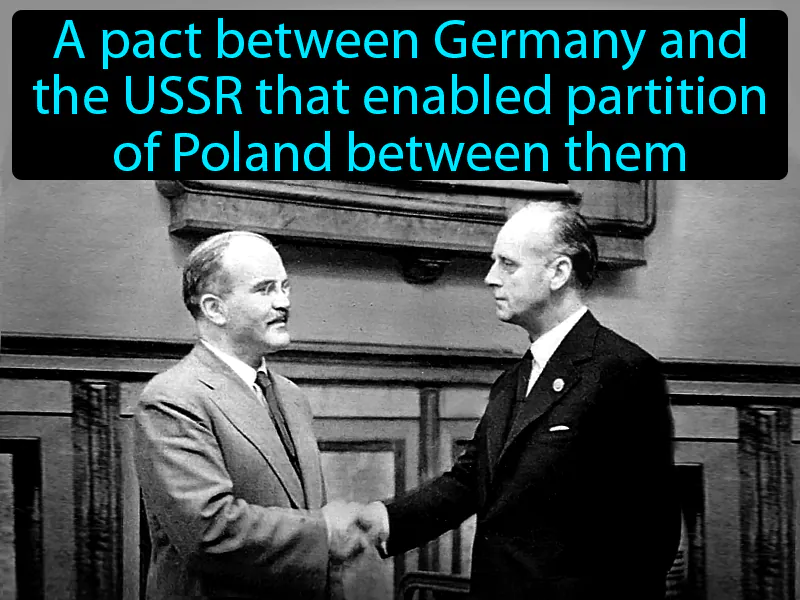Nazi-Soviet Pact
Nazi-Soviet Pact: Easy to understand
The Nazi-Soviet Pact, signed in 1939, was crucial because it allowed Germany to invade Poland without fearing Soviet intervention, leading to the start of World War II. It highlighted the use of strategic alliances for short-term gains, despite ideological differences, as Germany and the Soviet Union were initially enemies. Today, this pact reminds us of the complexities in international relations and how countries might set aside differences for immediate benefits. This idea still matters as nations continue to form alliances based on convenience rather than shared values. For an average person, these complex alliances can affect global trade, security, and even the availability of goods like food and technology, impacting everyday life.

Practice Version

Nazi-Soviet Pact: A pact between Germany and the Soviet Union that enabled partition of Poland between them. Nazi-Soviet Pact. It was a 1939 agreement where Germany and the Soviet Union agreed not to attack each other and secretly divided Eastern Europe into spheres of influence.